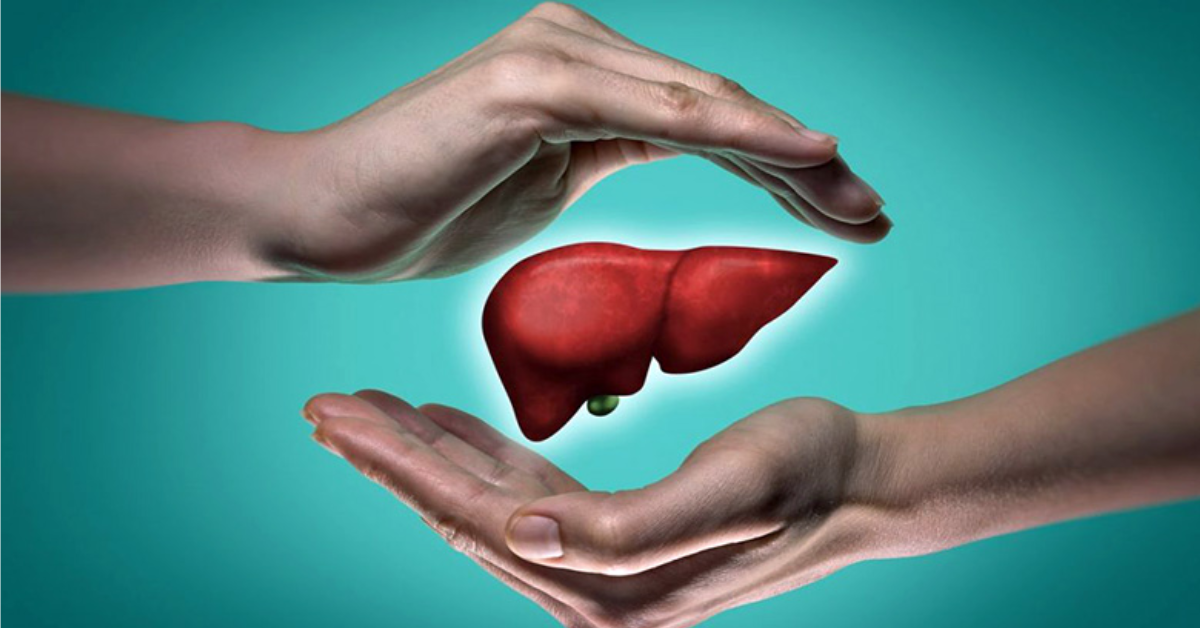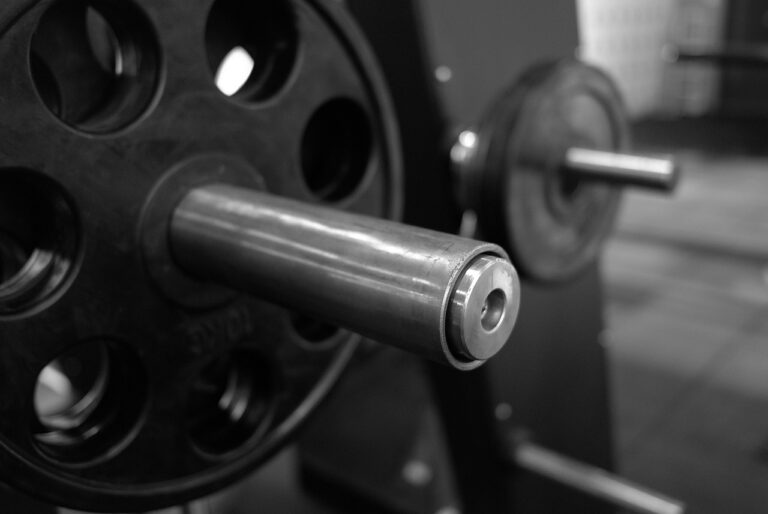Cerebral Palsy Stem Cell Treatment – A Detailed Guide for Patients & Families
Cerebral palsy (CP) affects millions of children and adults worldwide, leading to lifelong challenges related to movement, muscle control, posture, and coordination. While traditional therapies such as physiotherapy, occupational therapy, and medications focus on managing symptoms, medical science is now exploring more advanced and regenerative approaches. Among these innovations, Cerebral Palsy Stem Cell Treatment has gained global attention for its potential to support neurological repair and improve quality of life.
In this comprehensive guide, we will explore how stem cells work, the benefits, the treatment process, scientific evidence, and why India has become a preferred destination for such therapies.
Understanding Cerebral Palsy
Cerebral palsy is a group of neurological disorders caused by abnormal brain development or damage during early childhood, birth, or pregnancy. The condition affects motor functions primarily and may influence speech, vision, muscle tone, and cognitive development. CP is not progressive, meaning the brain damage does not worsen over time, but its symptoms can change as the child grows.
Conventional treatments aim to help patients gain independence, but none target the root cause—neurological damage. This is where regenerative medicine becomes relevant.
What Is Stem Cell Therapy?
Stem cells are unique because they can transform into specialized cells such as neurons, muscle cells, or blood cells. They also release growth factors that repair injured tissues, reduce inflammation, and stimulate the body’s natural healing mechanisms.
When used in neurological conditions, stem cells may help in:
-
Repairing damaged brain cells
-
Enhancing neural connections
-
Reducing spasticity
-
Supporting motor and sensory improvements
Because of these properties, researchers worldwide are studying the possible benefits of Cerebral Palsy Stem Cell Treatment for children and adults.
How Cerebral Palsy Stem Cell Treatment Works
The core idea behind this therapy is to introduce healthy, active stem cells into the patient’s body, where they may migrate to damaged areas of the brain and begin repair processes.
1. Source of Stem Cells
Most reputable clinics use ethically sourced mesenchymal stem cells (MSCs) obtained from:
-
Umbilical cord tissue
-
Placental tissue
-
Bone marrow
-
Adipose (fat) tissue
Umbilical cord-derived cells are preferred due to their high potency, safety, and strong anti-inflammatory response.
2. Mode of Administration
Stem cells may be delivered through:
-
Intravenous (IV) infusion
-
Intrathecal (lumbar puncture) injection
These delivery methods allow cells to reach the central nervous system and target inflammation or damaged tissues.
3. Expected Improvements
The goal of Cerebral Palsy Stem Cell Treatment is not a complete cure but functional improvement. Many patients experience benefits such as:
-
Better muscle control
-
Reduced spasticity
-
Improved balance and mobility
-
Better speech and swallowing
-
Enhanced cognitive abilities
-
More independence in daily activities
Results vary from patient to patient, but many families report noticeable and meaningful progress.
Scientific Evidence Supporting Stem Cell Therapy
Clinical trials and global studies have shown promising outcomes. Research indicates that mesenchymal stem cells can support neuro-regeneration by:
-
Stimulating new neural connections
-
Reducing brain inflammation
-
Replacing damaged glial cells
-
Enhancing oxygen supply to affected areas
While more large-scale studies are still needed, the existing evidence has encouraged families to explore Cerebral Palsy Stem Cell Treatment as part of a broader rehabilitation plan.
Why India Is a Leading Destination for Stem Cell Therapy
India has become a preferred medical tourism hub for regenerative medicine because of:
1. Advanced Technology and Research
Stem cell centers in India use internationally approved protocols, high-end labs, and quality-controlled cellular processing systems.
2. Experienced Medical Teams
Neurologists, regenerative medicine specialists, and rehabilitation experts collaborate to create personalized treatment plans.
3. Affordable Treatment Options
Compared to countries like the USA or Europe, treatment in India is far more cost-effective without compromising quality.
4. Complete Rehabilitation Support
Therapy is often combined with physiotherapy, speech therapy, occupational therapy, and behavioral therapy to maximize results.
These advantages make India a strong choice for families considering Cerebral Palsy Stem Cell Treatment.
Step-by-Step Treatment Procedure
Here is what patients can typically expect:
1. Initial Assessment
Doctors evaluate the patient’s medical history, MRI scans, and physical condition to determine eligibility.
2. Stem Cell Collection & Processing
If using autologous cells (from the patient), bone marrow or fat is collected. For donor-derived cells, advanced labs prepare high-quality MSCs.
3. Stem Cell Implantation
Cells are implanted through IV infusion or intrathecal injection under sterile, controlled conditions.
4. Rehabilitation
Intensive therapy follows, as stem cells enhance the body’s ability to respond to training and exercises.
5. Progress Tracking
Improvements may appear gradually over weeks or months, with regular follow-ups to monitor changes. Many patients observe better function after combining therapy with consistent rehabilitation support.
Safety, Risks & Considerations
Stem cell therapy is generally safe when conducted by certified professionals using clinical-grade cells. Risks are minimal but may include:
-
Mild fever
-
Temporary headache
-
Fatigue
-
Minor discomfort at injection sites
Reputable medical centers follow strict laboratory and clinical protocols to ensure safety. Families are encouraged to choose a center with documented experience in Cerebral Palsy Stem Cell Treatment.
Realistic Expectations
While stem cell therapy offers hope, families should maintain realistic expectations. The degree of improvement varies based on:
-
The nature and extent of brain injury
-
Age of the patient
-
Existing physical abilities
-
Quality of rehabilitation after therapy
Many patients experience improvements, but outcomes differ from person to person.
Conclusion
Cerebral palsy presents lifelong challenges, but modern regenerative medicine is opening new possibilities. Cerebral Palsy Stem Cell Treatment offers a promising therapeutic approach aimed at reducing symptoms, enhancing motor skills, improving cognitive function, and giving patients greater independence. When combined with structured physiotherapy and rehabilitation, stem cells may significantly improve quality of life.
As research continues to progress, this treatment is becoming a strong option for families seeking advanced and science-backed solutions. By choosing a reputable medical center and maintaining consistent therapy, patients have a real opportunity to experience meaningful improvement.







